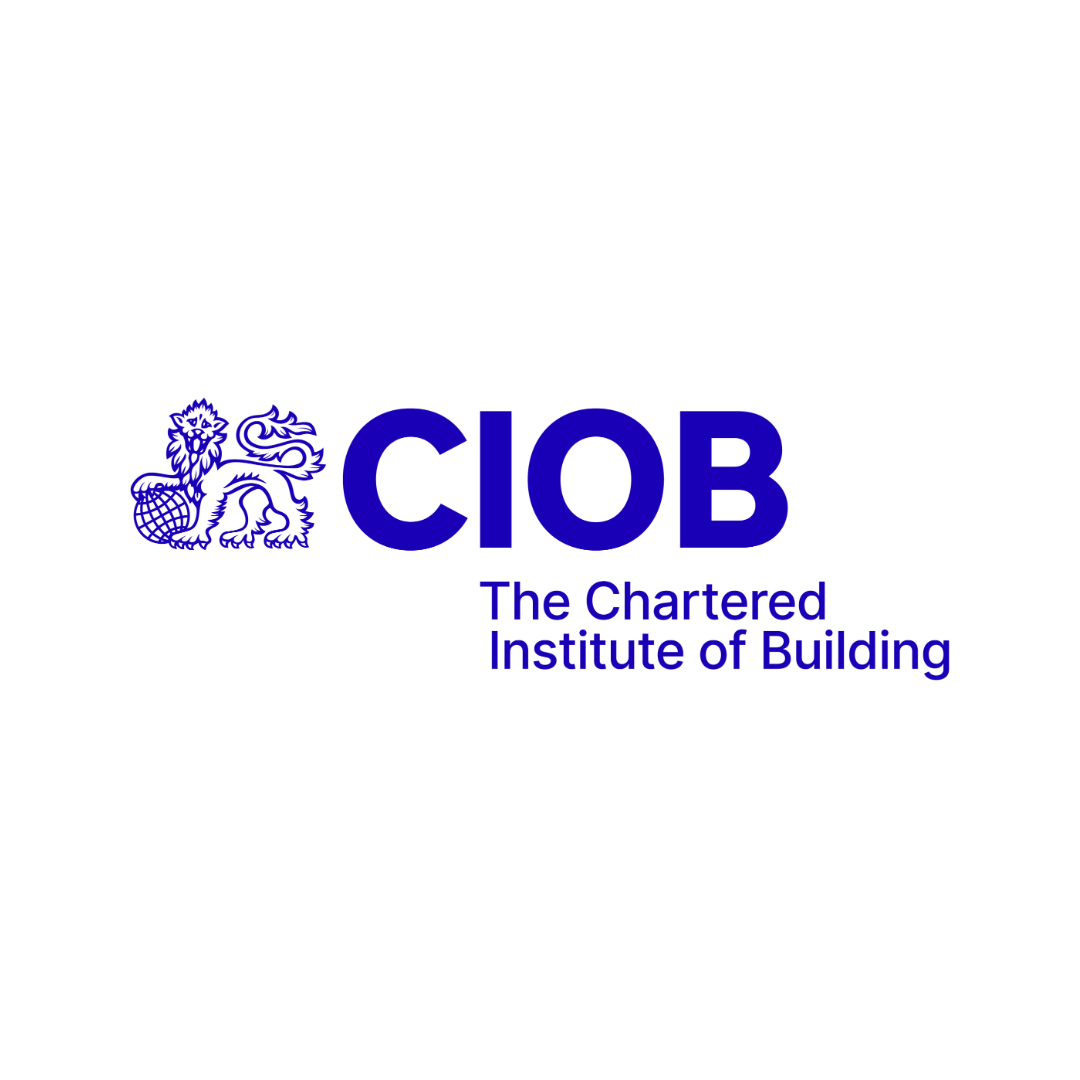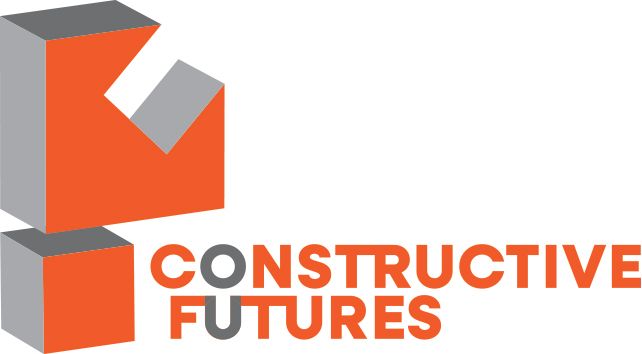Education Estates® Online Roundtable: Collaborating to Deliver Education Buildings that are Net Zero/Carbon Neutral in Operation

This roundtable was facilitated by TG Escapes on 1 July 2021. Contributors included public bodies such as the Department for Education (DfE), county councils and multi-academy trusts; and private sector organisations including Zeco Energy, NBBJ, EQUANS and Faithful+Gould.
Roundtable Partner:

The mission to achieve net zero by 2030 is less than a decade away. Despite appearing to be on track to be carbon neutral within the next 10 years, there are obstacles which must still be overcome and addressed to accelerate this journey. Challenges range from funding, new builds versus refurbishments, retrofits, and embodied/operational carbon.
The roundtable explored the challenges and opportunities to delivering long term, sustainable solutions to meet the ambitious target of being carbon neutral in operation by 2030.
Challenges to achieving net zero in education
TG Escapes have specified all of their projects to be net zero. This decision has brought a set of challenges due to tight budgets: solar assets are often scrapped - a crucial tool for reaching net zero operational buildings. Removing solar panels prevents future proofing buildings, as they hinder long term objectives with regard to energy efficiency and zero carbon. Historically, building condition and energy performance have been viewed as separate; however to efficiently design a building and to determine appropriate technologies, they need to be reviewed together.
With regard to funding, the DfE are developing a proposal to present to the Treasury requesting specific funding for future projects, particularly relevant to retrofits. At present, existing funding programmes are not appropriate for retrofitting. Retrofits are often overlooked. For instance, Wales’ 21st Century Schools Programme, applicable to new builds only, has cost limits on what can be spent. Limits currently stand at £2,700 per square metre; from the outset this can cause problems. The financial and energy returns from designing for net zero can be huge in the long term, however required upfront payments can be pricey and therefore less attractive.
While some buildings will struggle to fully achieve net zero, new builds can compensate for this when they are designed and delivered efficiently, for instance carbon positive projects. Ideas and funding behind new builds are well developed; retrofits are not. Without sufficient funding and frameworks, achieving net zero in existing infrastructure will be challenging, as over 30,000 existing schools within the UK need to be decarbonised.


Collaborating to devise and achieve long term objectives
A holistic approach will be essential with collaboration and a shared long term vision from many essential backgrounds to deliver buildings which are carbon neutral in operation. Understanding not just a building’s capital costs, but also running costs and its whole life cycle by all of those involved is critical to achieving objectives. The multitude of tasks to follow may appear overwhelming; providing there is awareness that conditions are met over a specified timeframe and not all at once will ease pressure and become manageable. This is where collaboration becomes imperative.
Expanding the bodies and organisations involved from the get-go unveils several perspectives and learnings from past experience, perceived challenges, and ultimately helps to devise a roadmap dictating responsibilities and steps to achieve objectives. Those involved in this process may include, but aren’t limited to, architects, contractors, local authorities and multi-academy trusts, and end users - including the pupils themselves. One contributor on the roundtable additionally voiced that early contractor involvement and collaboration enabled them to bypass value engineering, as design and cost were developed in tangent and holistically.
Incentives and awareness
Accreditation can be a great incentive to achieving net zero, however with the constraints of tight budgets, it can be costly. For instance, both Passivhaus and PAS-60 can cost up to £5,000 for the certificate alone. In the round, this is a significant capital spend for a school as they undergo other pressures which require funding. Accreditation costs must be a) reduced or scrapped for learning establishments or b) legislated, otherwise sustainability will remain a low priority and not a ‘must have’ if money can be invested elsewhere.
In terms of awareness, an example of how we sometimes fail to follow net zero thinking is light fixtures. It’s not just the design of the building that matters; sustainable furniture, fixtures and equipment do too. Non-user serviceable light fixtures are still incorporated into school buildings. When they break, the solution is to dispose and replace. Changing mindsets and behaviours of end users (including maintenance staff) can maximise value and awareness, as they learn how to operate and maintain their building efficiently. Children and teachers need to learn from their buildings, not just in them. Campaigns, like Let’s Go Zero, help to increase this awareness. Let’s Go Zero encourages schools across the UK to strive towards achieving net zero by 2030, and gives schools a platform and a voice to collaborate with high level bodies.
Actions to accelerate the journey to net zero
There is no one solution to achieve net zero. Therefore, challenging norms and openness to experimentation could be a worthwhile approach.
As we move towards electrification as a solution to net zero, grid capacity should be re-evaluated. At present, grid capacity struggles to sustain current technologies; significant investment and expertise is needed to upgrade and support new technologies. In addition, funds including the Public Sector Decarbonisation Scheme and the Low Carbon Skills Fund could be made available before the application process for capital replacements. Schools typically do not have the funding to collect data on building conditions, electrical infrastructure and technology which ultimately would, and should, inform bids. In many cases, bids inflate figures to suit funding as they don’t have data to back their proposal. The likes of the DfE, for instance, may play a considerable role in changing this. Further, increased awareness, skills and expertise in strategic thinking and planning for all will make this process inclusive, fair and provide a better chance of addressing issues holistically.
To this end, a representative from the DfE explained their work on developing their most recent output specification. Part of this specification will be a school specific brief covering two areas: a strategic brief and a project brief. Emphasis was put on the strategy component, for both new builds and retrofits, and the importance of prioritising dialogue and planning around this. It will require an honest assessment of the project and how to plan and address current, and importantly future, challenges.
In summary, schools are often the heart of a community: they now have an opportunity to lead the way in becoming carbon neutral. To do this and learn from and educate one another, it is key to encourage collaboration and community projects run by young people, public bodies and the private sector. A shift in mindset and behaviours could massively reduce energy usage everywhere, not just in schools, making zero carbon in operation achievable before the imminent goal of 2030.


.png)









.png)
.png)
.png)



